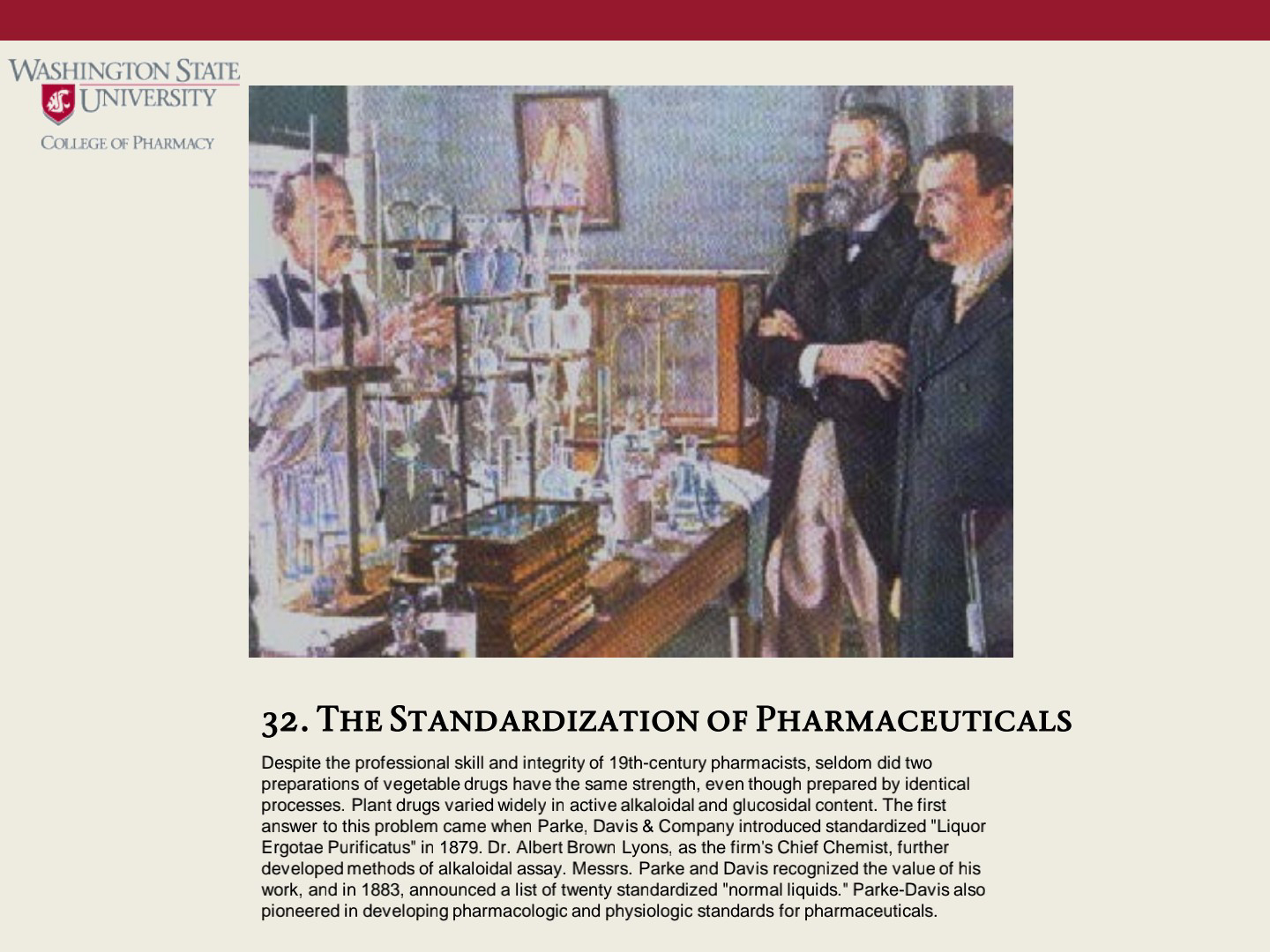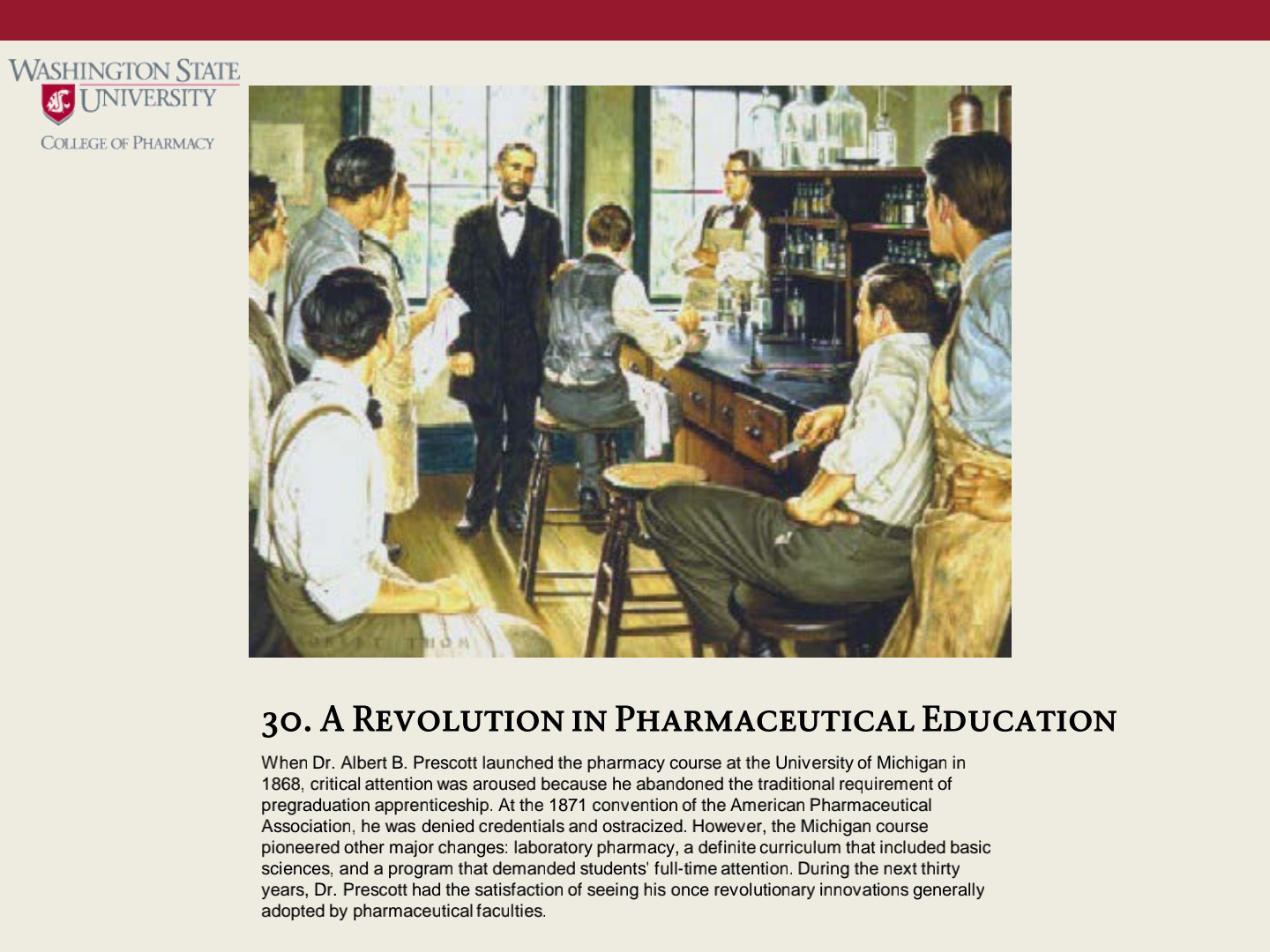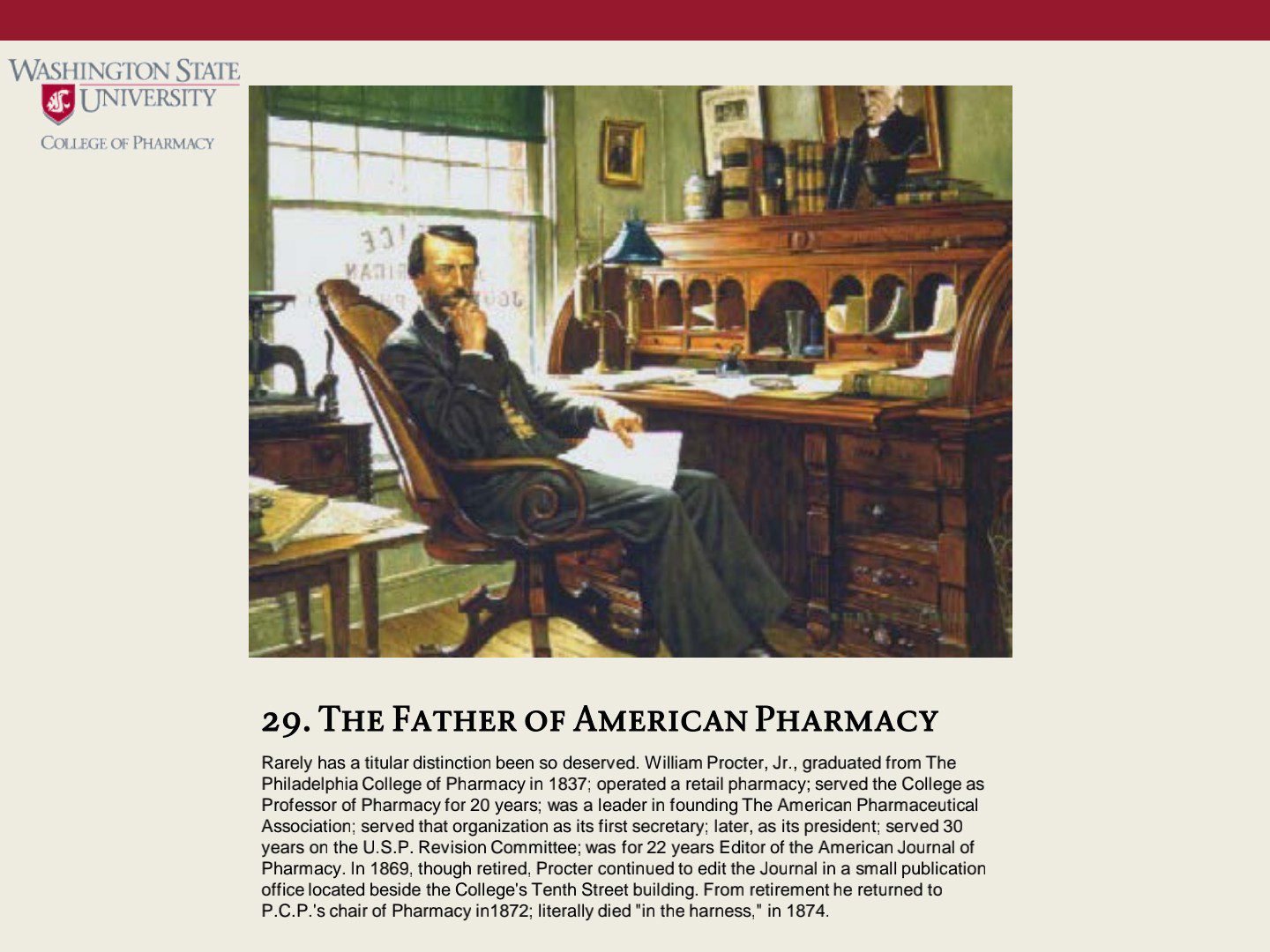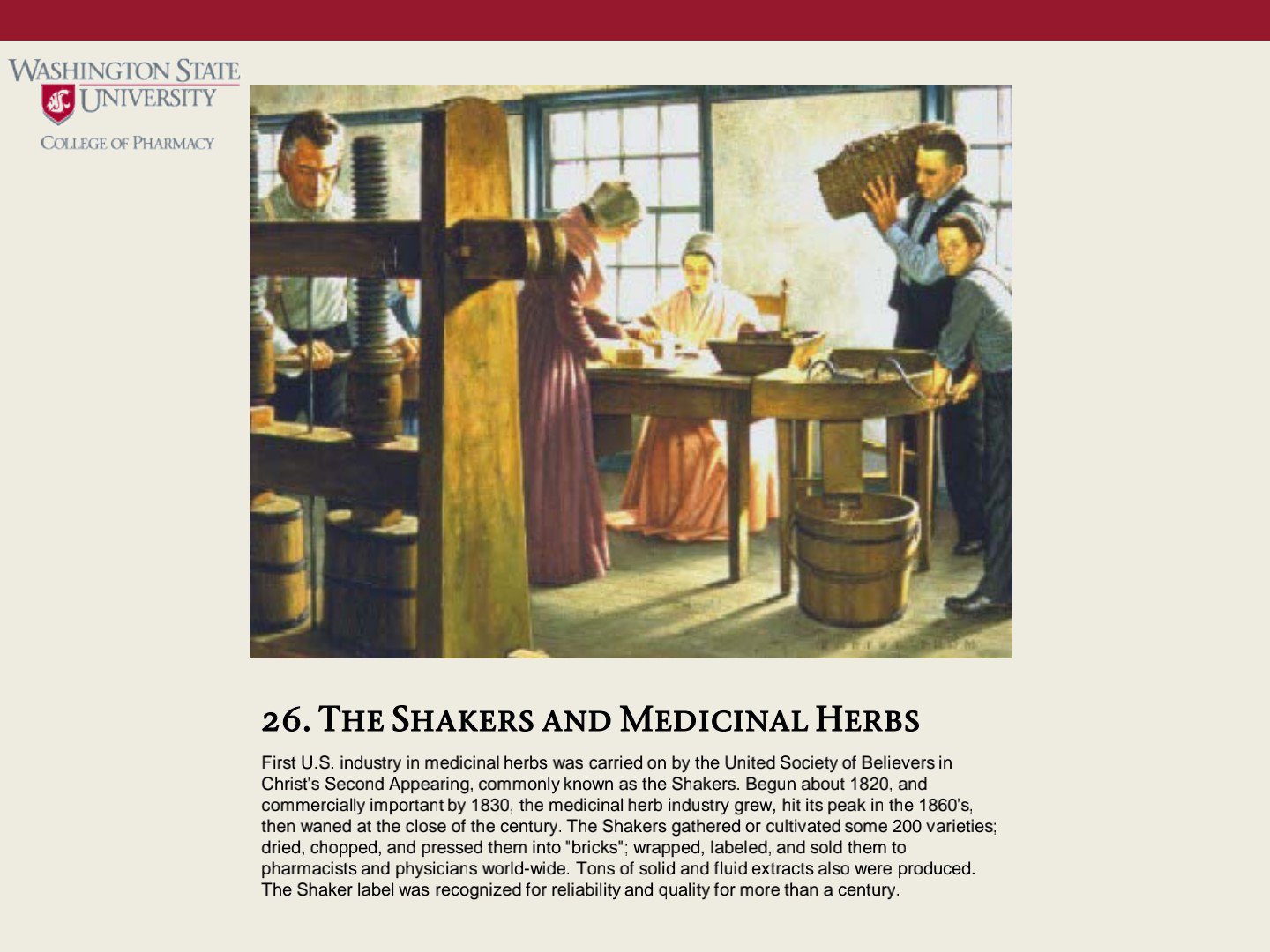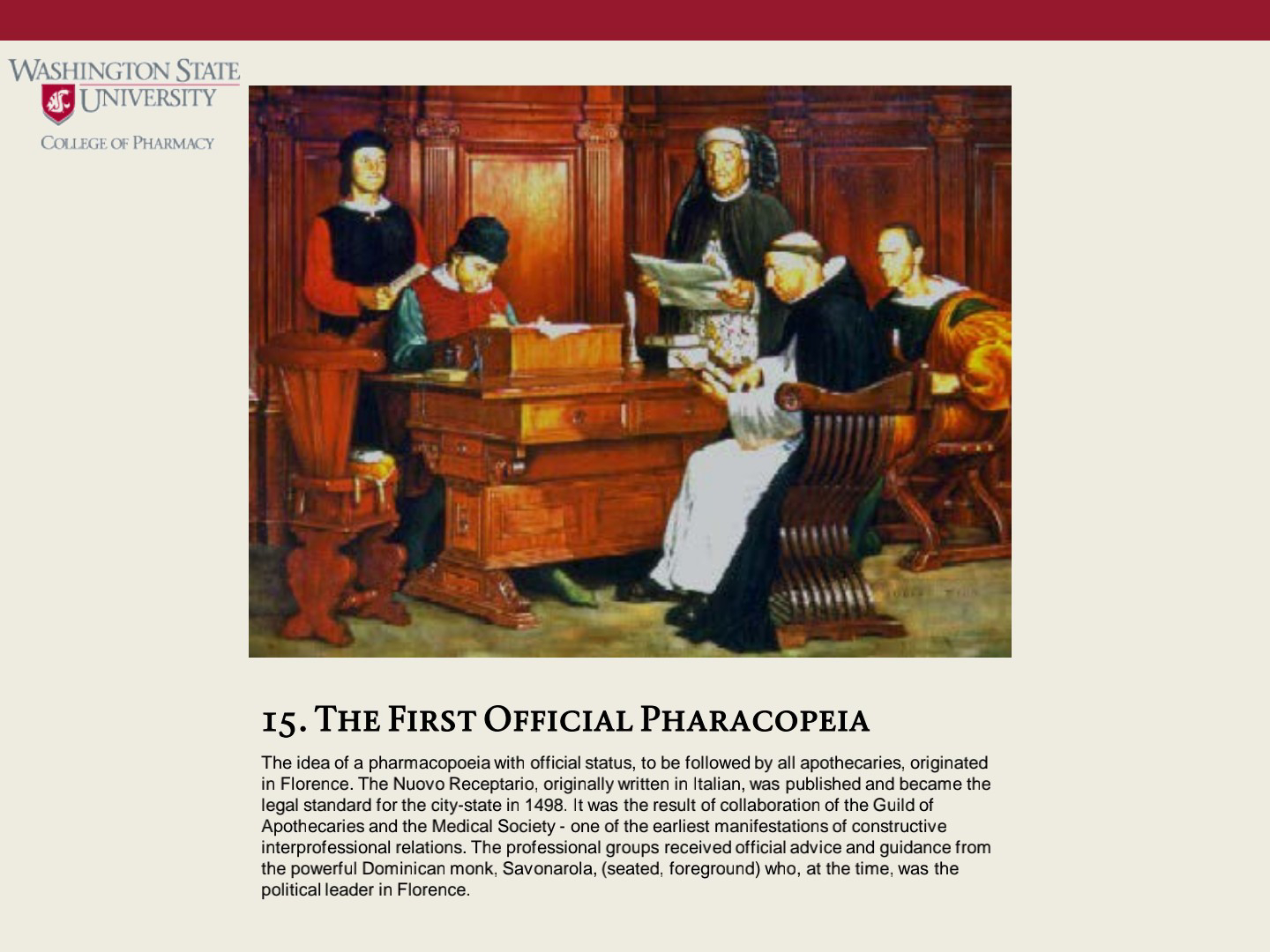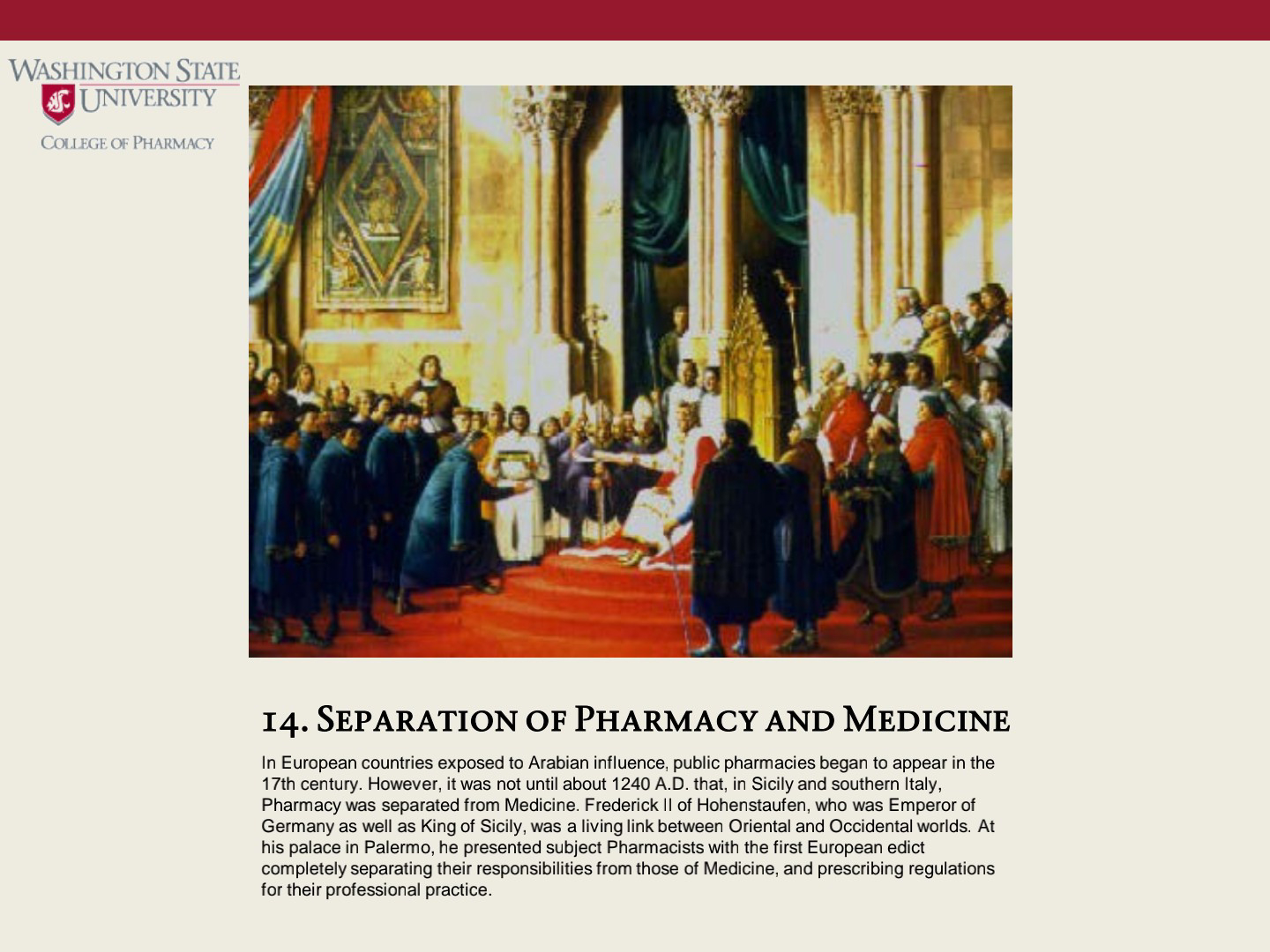My Pharma Blog
Sunday, 8 October 2023
Sunday, 25 June 2017
HVAC VALIDATION
Air flow or smoke pattern
For the evaluation of this parameter, a titanium tetrachloride stick is taken and burnt and the burning stick is placed in front of the AHU. The distribution of smoke is observed. It should be uniform.
Air flow velocity and changes per hour
For this test, the area of HVAC is divided into four hypothetical grids and the air velocity is measured at each grid and then the average air velocity (V) is calculated. The area of the HEPA filter inlet (A) is calculated in feet and the total air volume (T) is then calculated by multiplying the average velocity of air and the area of the inlet (T = A × V). After this, the volume of the room is calculated and the air changes per hour are obtained by dividing the total air change by the volume of the room.
Filter leak test
For the leak test of the HEPA filter, a velometer is placed at the front of the AHU system and the air velocity is checked at all the corners. The air velocity should be within the higher limit of the HEPA filter. In case it is found to exceed the upper limit, a gas cut (silicon) is used to decrease the leakage.
Particle count
A particle counter is used to conduct the test. Particle count is taken before the operation as well as during the working condition. The particle count should be within the range as per the standards of Grade A, B, C, and D area.
Viable monitoring
Viable monitoring is performed on daily basis by employing the swab test and using nutrient agar medium for the incubation of microorganisms. The different media plates are exposed in every manufacturing section including the reverse air duct of the HEPA filter at the back of the cubicle. The microorganism count should be within the range and if it is found out of specification for consecutive two times, an effective corrective and preventive action is taken.
Filter integrity test (DOP/PAO test)
The HEPA filter integrity is tested by generating a PAO aerosol by an aerosol generator and allowing the upward flow of the aerosol. The 100% upward flow of the aerosol is ensured and then the receptor probe of the HEPA is monitored to know the amount of the aerosol reversed. It should not exceed the higher limit of the HEPA filter. Earlier to carry out this test, DOP was used. But nowadays, it is replaced by the PAO taking into consideration the carcinogenicity of the DOP.
Fresh air determination
The fresh air intake is observed at the inlet on the fresh air dumper. The total air change is calculated. The intake fresh air is divided by the total air change in the room and multiplied by 100 to obtain the percent fresh air intake on each cycle by the HVAC system in all the individual rooms.
Temperature and humidity uniformity test
The uniformity of temperature and humidity are monitored by employing a calibrated thermometer and manometer, respectively. The two parameters are monitored on daily basis, documented in the format and stabilization is ensured within the specified limit.
Recovery test
The recovery of temperature and humidity is checked. For this, the humidity and temperature are checked at the off position of the HVAC system. Then the humidity is increased to 75% and temperature to 400°C and again the temperature and humidity are measured after switching on the HVAC system, and the time required to stabilize the temperature and humidity is noted.
Pressure difference
It is calculated by making use of the manometer attached at the walls of the adjacent area. The pressure difference is generally kept between 5 and 20 mmHg pressure.
BIOAVAILABILITY
Bioavailability:- The rate and extent to which the active ingredient or active moiety is absorbed from a drug product and becomes available at the site of action. For drug products that are not intended to be absorbed into the bloodstream, bioavailability may be assessed by measurements intended to reflect the rate and extent to which the active ingredient or active moiety becomes available at the site of action.
ANDA - Abbreviated New Drug Application.
IND – Investigational New Drug Application.
NDA – New Drug Application.
According to the BCS, drug substances are classified as follows:
Class I - High Solubility, High Permeability
Class II - High Permeability, Low Solubility
Class III -High Solubility, Low Permeability
Class IV - , Low Solubility Low Permeability
Types of pass boxes used in pharmaceutical
Pass box is used to transfer the material from lower cleanliness area to higher cleanliness area or vice-versa in classified area and also known as hatch. Pass box works as a barrier between two cleanliness level areas.
Pass boxes are used to transfer material for blending, granulation or sterilization in manufacturing area and sterilization & incubation in microbiology laboratory. In some cases equipment parts are also transferred through the pass boxes in sterile manufacturing areas. Pass boxes help to prevent the air flow from one area to another while transferring the material. One door of the pass box opens at a time and both the doors cannot be opened simultaneously. There should be an interlocking system in the pass boxes.
Pass boxes are of two types - A) Dynamic Pass box B) Static Pass box
B) Static Pass box: Static pass boxes are simple boxes mounted between two areas and also known as passive pass boxes. Area having higher cleanliness level shall have higher pressure that helps to prevent the entrance of contamination in the sterile area.
Ultra-violet light is also installed in the pass boxes to remove the contamination that may enter during the transfer of material. It should be replaced after 1000 burning hours. Pass boxes should be cleaned with disinfectants at regular intervals.
Efficiency of the pass boxes should be verified by validation. Validation may be done by exposing the known population of the bacterial culture.
How Warning Letters and Form 483 are issued by the Food and Drug (FDA) after the inspection of a drug manufacturing site
A lot of pharmaceutical professionals have confusion between Form 483 and Warning Letters. Both of these are issued by Food and Drug Administration (FDA) after a regulatory inspection of manufacturing facility and both are the way of communication.
Form 483: Form 483 is used by the FDA to communicate the inspection observations. All observations are listed in descending order of their importance. Form 483 is issued at the manufacturing site after the completion of the FDA audit. In other words FDA officials communicate their inspection observations on Form 483.
Handling the Form 483:
● At the time of conclusion on inspection, findings should be discussed with the inspector and try to resolve the negative observations before the inspector leaves the site.
● Consult the errors and miscommunications with the inspectors
● Try to understand the message sent by the regulatory agency i.e. their positive or negative mood.
● Ask the questions regarding confusions found in the observations.
● Try to convince the inspector on observation with more related information on the observation. It may help to delete the observation from Form 483.
● Respond the Form 483 within the 15 days otherwise regulatory agency will not consider it during the decision on the company.
● A good response to the Form 483 may avoid the issuance of a Warning Letter.
Warning Letter: After the issuance of Form 483 and completion of inspection, regulatory agency may issue a Warning Letter to the manufacturing site. When any serious issue is found regarding the quality of the product, a Warning Letter is issued by the higher officials of FDA after the review of the inspection observations. It contains evidences and detailed explanations for the observations.
A Warning Letter should be replied within the given time because delay can lead to the import ban. It may be asked for extension of the time to justify the things.
Generally FDA concentrates on the quality of the product and does not compromise with the product quality. Most of the Warning Letter issued by FDA has the quality or cGMP issues.
Different types of air diffusers used in HVAC systems in pharmaceuticals to disperse the clean air in cleanrooms
Air diffusers are used in clean rooms and other controlled areas to distribute the clean air passed through the HEPA filters. Diffusers are important part of the HVAC system and play vital role in maintenance of classified area.
Number of diffusers in a room depends upon the volume of the area, size of diffusers and required air changes par hour. Diffusers are mounted in the ceiling of the room to distribute the uniform air in the area and return risers should not be near the diffusers. Otherwise air pockets will form that can increase the contamination level in the area. Place and type of diffusers to be used should be included in the HVAC system qualification.
Generally three types of air diffusers are used in pharmaceutical industries.
1. Induction Diffusers
2. Perforated Plate Diffusers
3. Swirl Diffusers

1. Induction Diffusers: Induction diffusers are generally used in offices and therefore also called office type diffusers. These diffusers direct the air to flow in different directions. WHO does not recommend these types of diffusers to use in pharmaceutical processing areas because these diffusers mix the fresh air with the contaminated room air (see figure) and the air should be replaced with the fresh air to minimize the contamination. In the areas where dust is liberated it is important to replace the air containing dust with the fresh air.
2. Perforated Plate Diffusers: These are the WHO recommended and widely used diffusers in pharmaceutical industries. They allow the air to flow in all directions replacing the air containing dust and contamination with the fresh air from supply.

3. Swirl Diffusers: These rotating diffusers are also recommended by the WHO which rotates during the fresh air supply allow distributing the fresh air throughout the area.
Difference between Out of specification and Out of Trend in Pharmaceuticals
1. OOS (out of specification) is the comparison of one result versus a predetermined specification criteriawhile OOT (Out of Trend) is the comparison of many historical data values versus time.
2. OOS investigations focus on determining the truth about that one value while OOT investigations focus on understanding non-random changes.
Example:
The specification limit for assay is: 95.0-105.0 % w/w of label claim
Case-1: For a particular batch, the result obtained 94.2 % w/w -This result is out of the specification limit. This is called OOS.
Case-2: The result obtained 95.8 % w/w. Although the results are well within the specifications, we should compare the result with the previous batches trend. If we found the average value of the trend as 99.0 % w/w then this batch result (95.8%w/w) is called out of trend.







